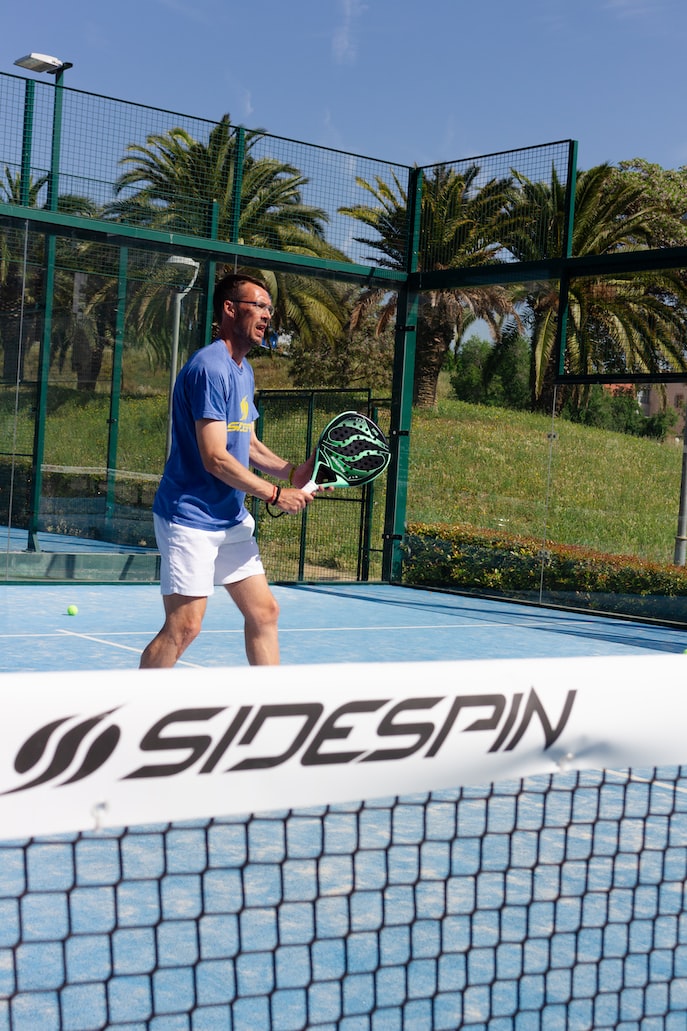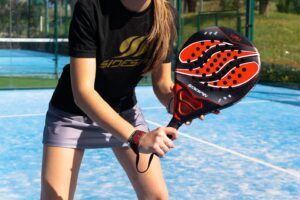The Science Behind the Best Padel Paddle Materials
3 min read
The Science Behind the Best Padel Paddle Materials
If you’re an avid padel player, you know that choosing the right paddle can make all the difference in your game. There are plenty of factors to consider when picking the best padel paddle, from shape and weight to grip and size. But one of the most important considerations is the material.
So, what are the best materials for padel paddles? Let’s dive into the science behind some of the most popular options.
Carbon Fiber
Carbon fiber is a popular choice for high-end paddles, thanks to its combination of strength and light weight. It’s a type of composite material made up of carbon fibers and a resin binder, which are layered and molded to create a strong and durable product.
The benefits of carbon fiber paddles are clear. They’re incredibly lightweight, making them easy to maneuver and swing. They also offer great control and precision, thanks to their stiffness and rigidity. Plus, they’re highly resistant to impact and wear, which means they can last for years with proper care.
However, carbon fiber isn’t the best option for everyone. Some players find that it lacks the “feel” of other materials, which can make it harder to control the ball. It also tends to be more expensive than other options, which might not fit everyone’s budget.
Fiberglass
Fiberglass is another popular material for padel paddles, particularly for beginner and intermediate players. Like carbon fiber, it’s a composite material made up of glass fibers and a resin binder.
Compared to carbon fiber, fiberglass is heavier and less rigid. However, it’s also more affordable and provides a softer feel, which can be more forgiving for players who are still learning the ropes.
Fiberglass paddles are also more durable than some of the other options on the market, so they can withstand a lot of wear and tear without losing their performance. If you’re looking for a sturdy and reliable paddle that won’t break the bank, fiberglass is a great choice.
EVA Foam
Finally, let’s talk about the core material inside the paddle. Most paddles are made with a foam core, and the type of foam can impact the performance of the paddle in different ways. One popular option is EVA foam, which is a type of closed-cell foam.
EVA foam is a soft and lightweight material that offers great shock absorption. It’s also highly responsive, which means you can get plenty of power and precision from your shots. Additionally, EVA foam is a great choice for players who want a quieter paddle, as it tends to dampen the sound of the ball hitting the paddle.
There are other foam options on the market, including polyethylene (PE) foam and polypropylene (PP) foam. Each has its own benefits and drawbacks, so it’s important to try out a few different paddles to see what feels best for you.
Final Thoughts
When it comes to choosing the best padel paddle, there’s no one-size-fits-all solution. The material you choose will depend on your individual preferences and playing style. However, by understanding the science behind these materials, you can make an informed decision that will help you elevate your game to the next level.
Whether you prefer the stiffness of carbon fiber, the affordability of fiberglass, or the shock absorption of EVA foam, there’s a paddle out there that will suit your needs. So get out there, try a few different options, and find the best padel paddle for you.







